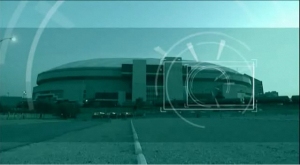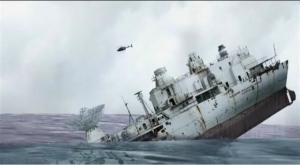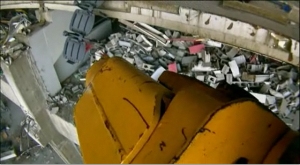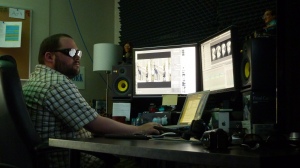Watching a 3D documentary: JVC 3D HD LCD monitors clearly a hot commodity
Supply and demand disparity …
We’re trying to get a 3D monitor so I can show test footage/VFX for our first 3D documentary to broadcasters next week.
I’d like the same monitor that we purchased for our in-house purposes – the the 46-inch JVC GD-463D10 – but guess what … so far there are none to be had.
The Toronto-based supplier that we purchased it from is sold out and backlogged.
They’re trying to get us a monitor directly from JVC – or at least find someone who we can contact to push our order, but neither us nor they have been able to get through to anyone who can speak conclusively on behalf of the company as of yet.
The alternative is pursuing a Hyundai monitor – but we know the JVC works for us, and I’d much rather go with the tried and tested when showing broadcasters a demo of the techniques we’ve developed.
We’re hoping to hear something back tomorrow a.m. (PDT).
A bit nerve-wracking.
But the silver lining’s undeniable … 3D monitors are getting snapped up faster than the assembly line can churn ‘em out.
Clearly this bodes well for entertainment in stereo.





